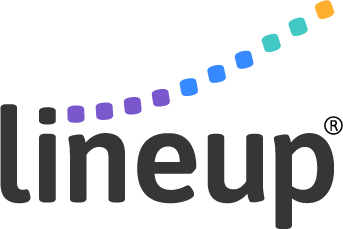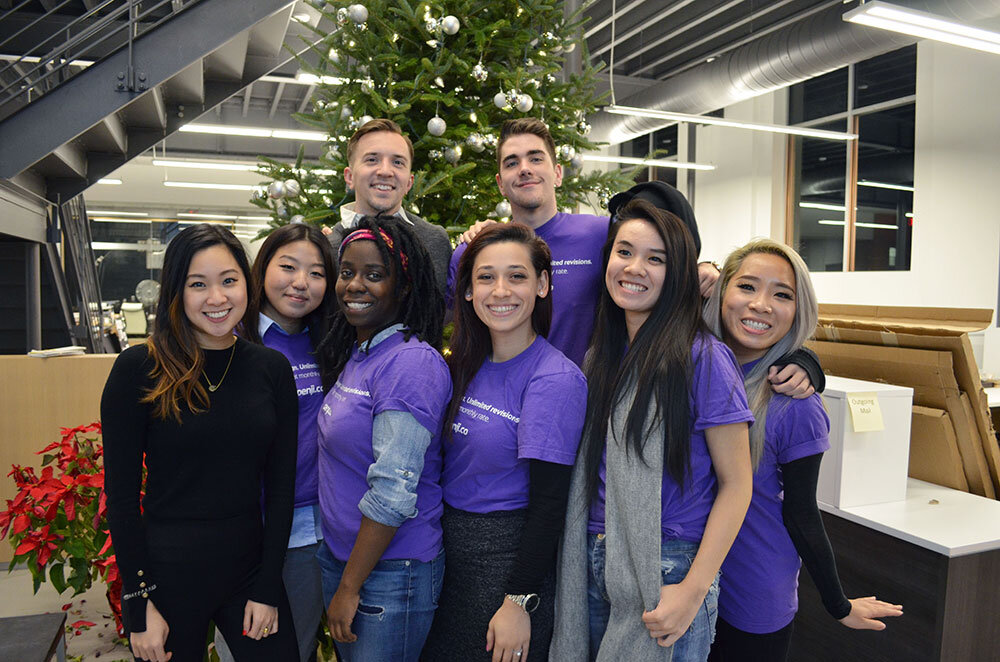Cultivating a Diverse and Inclusive Workplace
Diversity & Inclusion
Diversity and inclusion has become an increasingly important topic of discussion in politics, entertainment, and among professional organizations. There is plenty of research available that shows that diverse teams statistically produce better quality outcomes. In a study from PwC, 87% of global businesses say diversity and inclusion is an organizational priority. However, nearly half of the respondents believe that diversity is a barrier to employee progression at their organization.
Diversity is critical for any organization. Building a diverse talent pool gives organizations new perspectives and allows for broader idea sharing. But really, what is diversity? When many think of diversity, they often think that is has something to do with race or gender, which isn’t entirely what diversity is. Diversity is significantly broader and can be broken down in two categories.
Inherent diversity: demographic traits like race, sex, and age.
Acquired diversity: factors education, experience, values, skills and knowledge.
When Lineup was developed, our mission was, and still is to help organizations build more diverse teams. We based that on the fact that diverse teams statistically produce more quality outputs. We strongly believe that we can help organizations transparently view how diverse their work groups and teams really are. Thinking about how your organization can start to diversify might be a challenge, especially if you’ve been doing the same thing year after year. When assessing the diversity in your work place or the programs that you have cultivated, how does it stack up? Is it truly as diverse as you think?
Managing Diversity
“I define World Class Diversity Management as the capability to make quality decisions in the midst of any diversity mixture, in any diversity setting, and in any geographical location.”
- Dr. R. Roosevelt Thomas, Jr., President and CEO, Founder of the American Institute for Managing Diversity
Evaluate Your Recruitment Strategy
Communication. Think about how you intend on communicating with your prospective volunteers before disseminating emails or developing collateral. Be sure that the materials created reflect your organization’s commitment on creating a diverse and inclusive community through the use of language and imagery. If you’re not sure how your communications or materials are perceived, then it's important to identify individuals who may be able to offer feedback.
Cast a wider net. It's time for organizations to become more proactive in their volunteer search. On average 70% of members have never volunteered, 32% of past volunteers and 31% of those who have never volunteered before say that no one ever asked them to serve as a volunteer. Reach out to your prospective volunteers and encourage them to participate. You’d be surprised to know how many members may not be aware or don’t know what volunteering entails. In addition to sending email communications consider utilizing tools such as social media or ask your existing talent pool of volunteers for recommendations!
Technology. Tools such as Lineup allows organizations to engage their volunteer talent pool holistically. By asking the right questions, automating data collection, and processing data in real-time , you can sort, filter, and identify the right candidates with the unique skills and qualifications to service on your workgroups and committees in just minutes vs. days or weeks.
Maintaining Relationships
Build and maintain relationships – between volunteers and volunteers, volunteers and staff, volunteers and people served. Don’t wait! The sooner you start engaging your volunteers the sooner you can nurture your relationships and gain a better understanding of who your volunteers are, learn first hand about their experiences as a member, learn more about their unique skills they bring to the table, and what they want out of the experience.
Lead by Example
A lack of diversity in your leadership can also place significant barriers with decision-making, and the quality of work performance. In a study conducted by Forbes, they found that 58% of the time, an all-male team makes better decisions, while gender diverse teams make better decisions 73% of the time. The study also found that teams that are diverse in age and geographic location make even better decisions 87% of the time.
Inclusive leadership is needed to support an inclusive environment where team members are valued for the work that they are doing and valued for what they bring to the work place. Many businesses see this as an opportunity for change, between 2017-2018, Indeed saw a nearly 20% spike in diversity and inclusion roles.
Leaders Listen
“Many companies fail because team members feel undermined, ignored, and dismissed. When you better understand employees’ experience, you can effectively meet their needs. Different perspectives and including a variety of people can only help bring out the best in a product or service. When you decide what type of culture you want, listening to your team will help to cultivate that,”
Final Thoughts
Diversity and inclusion isn’t about checking a box or racing to meet some kind of quota. It's about being proactive, assessing your current practices, and developing strategies to be more inclusive within your organization and intentional about making your programs more welcoming. This won't take effect overnight, but as long as you continue to listen, learn and work towards making your organization and programs a more accepting place and opportunity for everyone, you will be making impactful changes, which is the ultimate goal.


